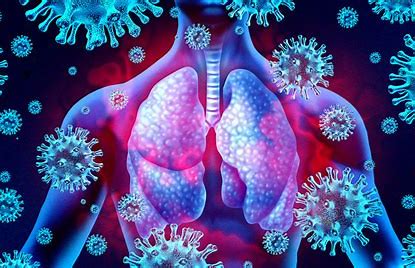Download App



test 12
test 12
You may suspect asthma, if you or your child are noticing symptoms such as coughing and wheezing (whistling sounds) while breathing. These are common asthma symptoms. The symptoms of asthma can be characterized by:
Breathlessness (shortness of breath) when exposed to triggering factors
Cyanosis (blue discolouration of face and extremities)
Wheezing or whistling sound during breathing
Chest tightness, which feels like a tightened band around the chest
Intense coughing or the urge to cough that may be triggered by an allergen or other environmental factors
Fatigue during and after an asthma attack
These symptoms usually occur during attacks, mostly at night time. This is why some of you may feel tired during the day. During an asthma attack, breathing difficulties can get worse and develop into more serious shortness of breath, if not treated.
Most doctors identify asthma as intermittent (comes and goes) or persistent (lasting). Persistent asthma can be mild, moderate, or severe. The severity of the condition is based on the frequency of attacks.
test 12
Some of the common causes of acidity include:
test 12
Asthma is usually suspected if the patient has a history of recurrent dry coughing, particularly at night and early morning, along with other symptoms such as chest tightness, shortness of breath, and wheezing sound. Following are the diagnostic tests for asthma:
1. Physical examination
During a physical examination, your doctor might look at your eyes, ears, nose or throat for swelling or drainage which may indicate allergic reaction. Also, checking your chest and lungs for wheezing or whistling sounds which may indicate inflammation and contraction of airways.
2. Blood tests: Your doctor may recommend certain blood tests to check the level of inflammation, antibodies and eosinophils (a type of immune cells). These include complete blood count (CBC), immunoglobulin E (IgE) and absolute eosinophil count (AEC).
3. Pulmonary function test: Pulmonary or lung function tests are done to find if there are any airway obstructions. In case there is clinical suspicion but the lung function test comes out to be normal, then other tests such as post-exercise test or allergen challenge test can help in determining bronchial hyperresponsiveness in adults.
4. Chest X-ray: In severe cases, hyperinflation of lungs may be seen which can be detected with the help of chest x-ray.
5. Allergy panel/asthma/rhinitis screening test: If you are showing symptoms of asthma and an allergic trigger is suspected, then allergy diagnosis is generally recommended. The diagnosis of an allergy consists of medical history, skin prick test, and specific IgE (immunoglobuline group E) test.
test 12
test 12
test 12
test 12
test 12
test 12